Online multiplayer has actually ended up being part and parcel with lots of video games these days, however discovering something you can play on the couch with an enjoyed one has gotten harder. Below are 25 of the finest sofa co-op video games we’ve played across the Nintendo Switch, PlayStation, Xbox and PC. Keep in mind that we’re focusing on genuine co-op experiences, not games that have local multiplayer however aren’t truly cooperative in practice.
Super Mario 3D World

You know the broad strokes of any Super Mario video game by now. Within the series, though, 3D World stands apart for using a largely repaired video camera and levels that are more semi-3D than the absolutely open spaces of games like Super Mario Odyssey or Super Mario Galaxy. There are still many products to grab and secrets to reveal throughout the typically captivating, vigorous and inventive phases, however everything you can discover at a provided minute is right in front of you, which motivates you to look closer and move from foreground to background.
You and up to three pals share lives but are scored on your specific efficiency, with the leader at the end of each level getting a literal crown placed atop their head. This makes for a sort of competitive co-op mode, one in which a particularly sneaky “teammate” could straight-up grab you and chuck you off a cliff in an attempt to protect their high rating.
Donkey Kong Country: Tropical Freeze
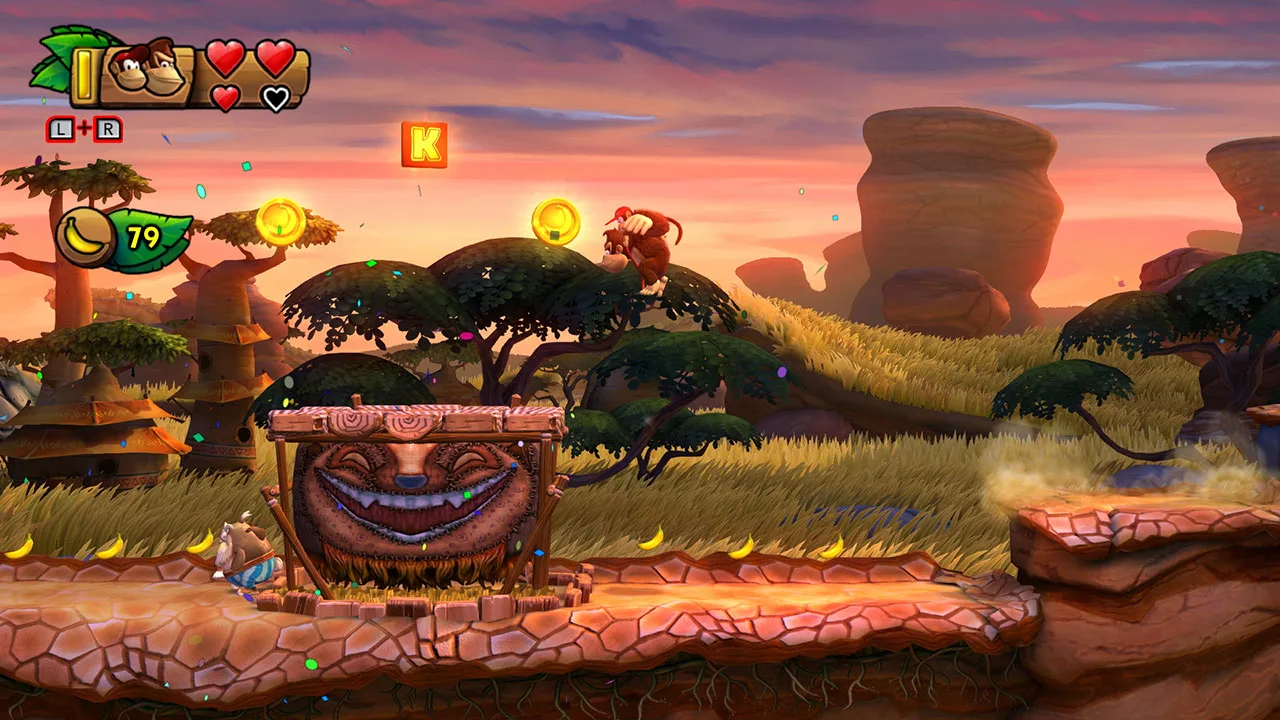
Like most Donkey Kong Country video games, Tropical Freeze is a 2D platformer that’s both structurally straightforward and aesthetically stunning. Donkey Kong is not Mario: He has a more immediate sense of gravity to him, so when he leaps, he comes down hard. But the platforming is uniquely intentional as a result, and the way the game leads you from one sensational scene to the next, even within the exact same phase, is a pleasure.
Tropical Freeze can get challenging, especially during some later manager battles, but a “Funky Mode” in the Switch variation eases things somewhat. If you have a Wii or Wii U, on the other hand, this video game’s predecessor, Donkey Kong Country Returns, is just as fantastic, if not much better.
Rayman Legends

If Donkey Kong is Mario’s brutish animal buddy, Rayman is the eccentric French friend he visits when he’s overseas. Rayman Legends is a more out there 2D platformer than the Nintendo properties above: Instead of the pristine environments and ideal geometry of a Mario or Donkey Kong video game, here whatever is a bit more abstract, cartoony and crass. (There are more fart noises, for one.).
The moment-to-moment motion is a little less exact, too, however Legends still plays fast and light, with stages that are filled with optional rooms and antiques that invite your interest. This is an unpretentious game, a fun side-scrolling platformer that simply wishes to be a fun side-scrolling platformer, and it ends up being more enjoyable (and frantic) with pals.
Luigi’s Mansion 3.
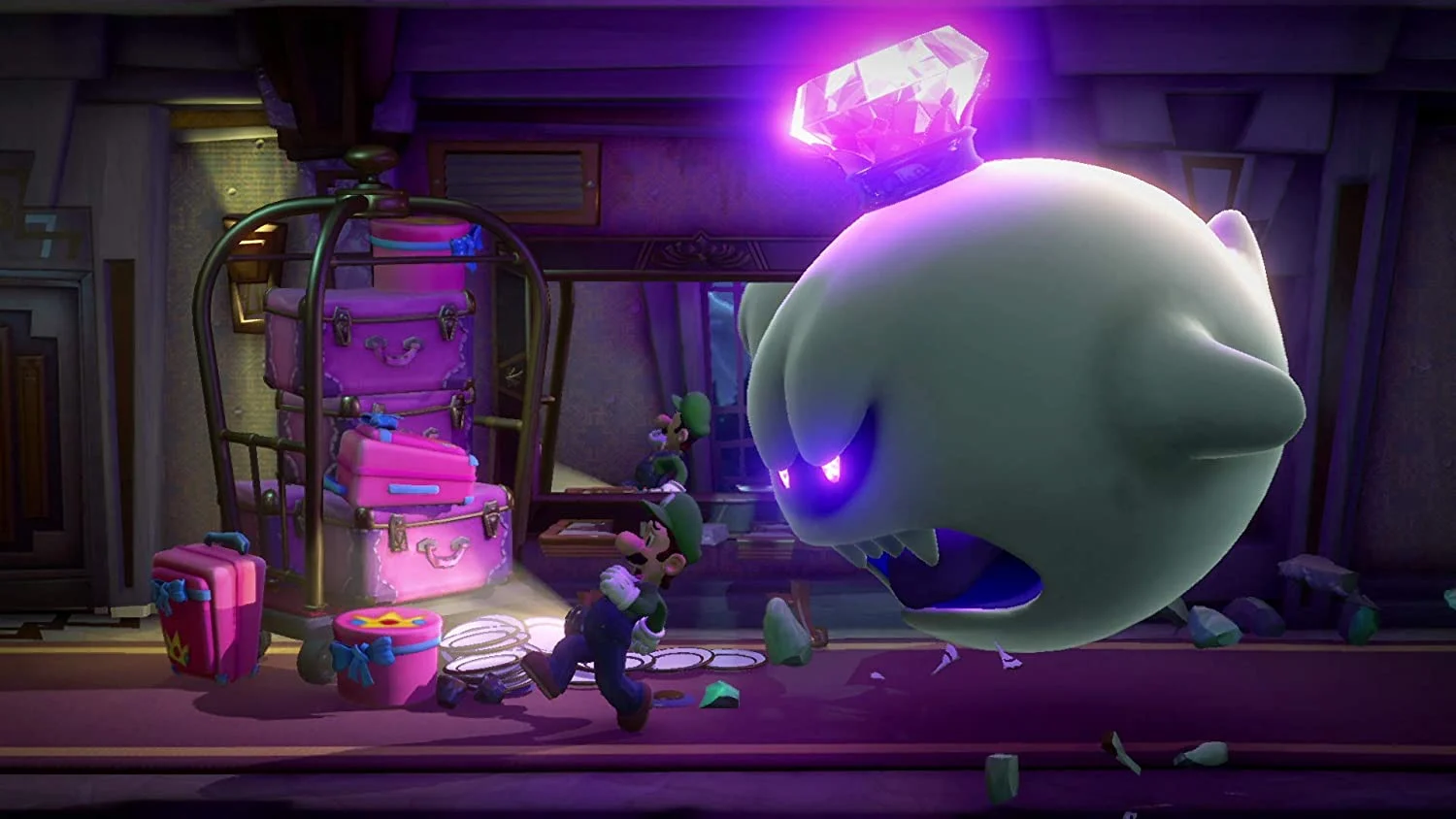
Luigi’s Mansion 3 is another ghost-hunting adventure starring Mario’s scaredy-cat sibling, who this time should stomach his worries and utilize his “Poltergust” vacuum to rescue his friends from a haunted hotel. Its co-op mode isn’t readily available until an hour-ish into the story, but at that point, a 2nd player can end up being “Gooigi,” a Luigi clone made from green goo with boundless lives (it makes sense when you arrive). Though the game isn’t particularly difficult, this setup offers you more liberty to mess around with puzzle and manager fight solutions without having to begin over consistently.
Luigi’s Mansion 3 has some discouraging aspects more generally– managing that ghost-gobbling vacuum can be aggravatingly imprecise, and backtracking through previously-conquered areas can get tiresome– however the innovative level designs and Pixar-esque animation provide it an unique personality compared to other Nintendo games. It’s a ridiculous and typically gratifying time, one that’s specifically appropriate for kids.
Clubhouse Games: 51 Worldwide Classics.

Clubhouse Games is a compilation of 51 traditional tabletop video games, from Yahtzee and Connect Four to shogi and nine guys’s morris. Not every entry in the collection supports couch co-op, however the majority of do, and nearly all are made easy to grasp.
Apart from being accessible, though, Clubhouse Games sticks out for the quality of its curation. The included video games cover cultures, time periods and even modes of play; some are constructed on ability or persistence, others on abstraction or chance. When you initially boot up the game, you’re asked to determine your “heart’s desire,” and there’s a fair little bit of detail on each video game’s origins and history as you go along. Taken as an entire, this is a video game that recognizes play itself as a kind of universal connection. Even ignoring all of that, Clubhouse Games is an enjoyable, chill time, much like busting out a preferred board video game.
BoxBoy! + BoxGirl!

In its two-player project, you play as Qbby and Qucy, two walking boxes with the capability to grow extra boxes out of their heads. Your goal is to get from point A to point B, utilizing those boxes to cross spaces and navigate different barriers along the method.
Eventually, you’ll discover yourself utilizing boxes as makeshift grappling hooks, shovels, laser-blocking shields and more, all in methods that quickly make sense. Just beating the video game isn’t that difficult, however gathering the tricky-to-reach crowns tucked away in each phase brings a greater challenge for those who want it.
It Takes Two.
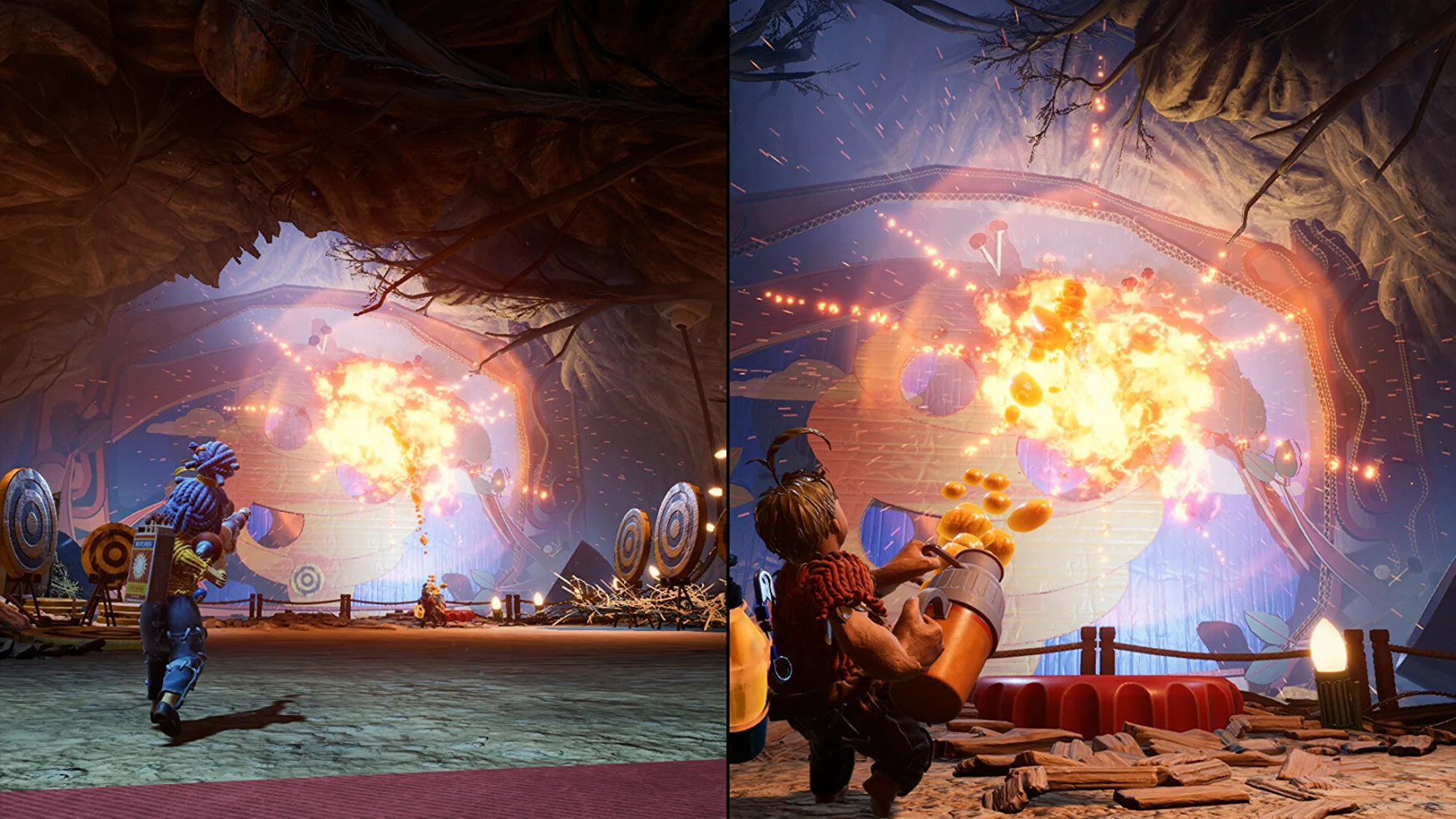
The 3D platformer It Takes Two is among the few major, narrative-driven games that’s specifically developed to be played in co-op. As such, it takes care to prevent the trappings of many co-op experiences: It rarely asks both players to do the exact same thing at the exact same time, and therefore it seldom makes one person bring all the weight. It continuously tosses brand-new principles at you, and while some levels can drag a bit, its bouncy movement feels great throughout.
Its saccharine yet unusually dark story isn’t as satisfying: Few video games make divorce look like a happy ending as much as this one, and you’ll probably never ever wish to hear the words “Dr. Hakim” again by the time you’re done. However if you can overlook the discussion, It Takes Two thrills more than it doesn’t.
Website 2.

Co-op play takes the type of an entire separate campaign– it’s not as huge on story as the solo mode, but it still does a great task of slowly teaching you how to think spatially. It also ensures you and your partner in fact communicate.
Streets of Rage 4.

Streets of Rage 4 consistently restores the classic series of early ’90s, side-scrolling beat ’em ups from the Sega Genesis (which stay fine co-op playthroughs themselves). You relocate to the right, position yourself effectively and pulverize waves of goons with a flurry of punches, kicks, tosses and unique relocations. The hand-drawn animation design and bouncy soundtrack are both fantastic, and most set pieces communicate the “rage” part of the title successfully. This isn’t the most ambitious video game, as it largely aims to hit high notes from 30 years earlier, however it provides the kind of excitement, design and refinement any excellent beat ’em up should.
For a more available, albeit simpler, throwback fighter, Teenage Mutant Ninja Turtles: Shredder’s Revenge is worth thinking about.
Lego Star Wars: The Skywalker Saga.

Lego Star Wars: The Skywalker Saga is a Lego-ified romp through the nine mainline Star Wars movies. Like a lot of Lego games, it’s dead simple to play– gather the important things, bop the bad men– but that makes it something just about anyone can get and take pleasure in. The very best thing it has going for it is its sense of humor, as its shortened remakes of each movie are filled with cutesy gags and in-jokes. (One favorite: wandering around Cloud City and finding the room where Lando Calrissian keeps his hoard of capes– and a brave picture of himself.).
There’s an unreasonable amount of side quests and collectibles beyond the narrative bits, but most of those are repeated, and Skywalker Saga’s systems, while fun, aren’t meaty adequate to make optional content all that interesting. Still, if you stay with the primary things, you should find Skywalker Saga to be a good-natured love letter to some naturally goofy movies.
Stardew Valley.

You and a pal can share a farm and divide up jobs in co-op, but the video game isn’t fussy; if one of you would rather fish, check out the beach or merely sit around your house, it’s okay to do your thing. Just keep in mind that you’ll need to construct a cabin for your partner if they’re joining an existing farm.
Halo: The Master Chief Collection.

Halo: The Master Chief Collection packages remastered variations of the first six mainline Halo games, which continue to offer tighter control and pacing than many first-person shooters that’ve released in the decades since. The original Halo’s campaign in particular remains essential. While some of the later narratives here go totally off the rails– taking a look at you, Halo 4 — the basic tone still strikes the best balance in between goofiness and badassery. The newer Halo Infinite regretfully dropped couch co-op entirely, however there’s still good enjoyable to be had driving Warthogs and dual-wielding space guns in the classics. Simply understand that regional multiplayer is only offered on Xbox, not PC.
Divinity: Original Sin 2.

Divinity: Original Sin 2 is an enormous isometric CRPG for those who look back fondly on dream series like Ultima or Baldur’s Gate. It has loads of discussion, deep character personalization, and challenging turn-based fight (by default, at least). It’s not a game you ‘d play delicately– a playthrough can last well over 100 hours, and it’s more than happy to throw a mountain of mechanics at you, no matter whether you’re able to keep up.
Part of the enjoyable is in the methods your “pal” might weaken your experience, taking up a mission with contradictory aims or killing a crucial NPC. The answer: a mess, possibly, but a thrilling one. Simply keep in mind that regional multiplayer is not available on the Switch version of the video game.
Untitled Goose Game.
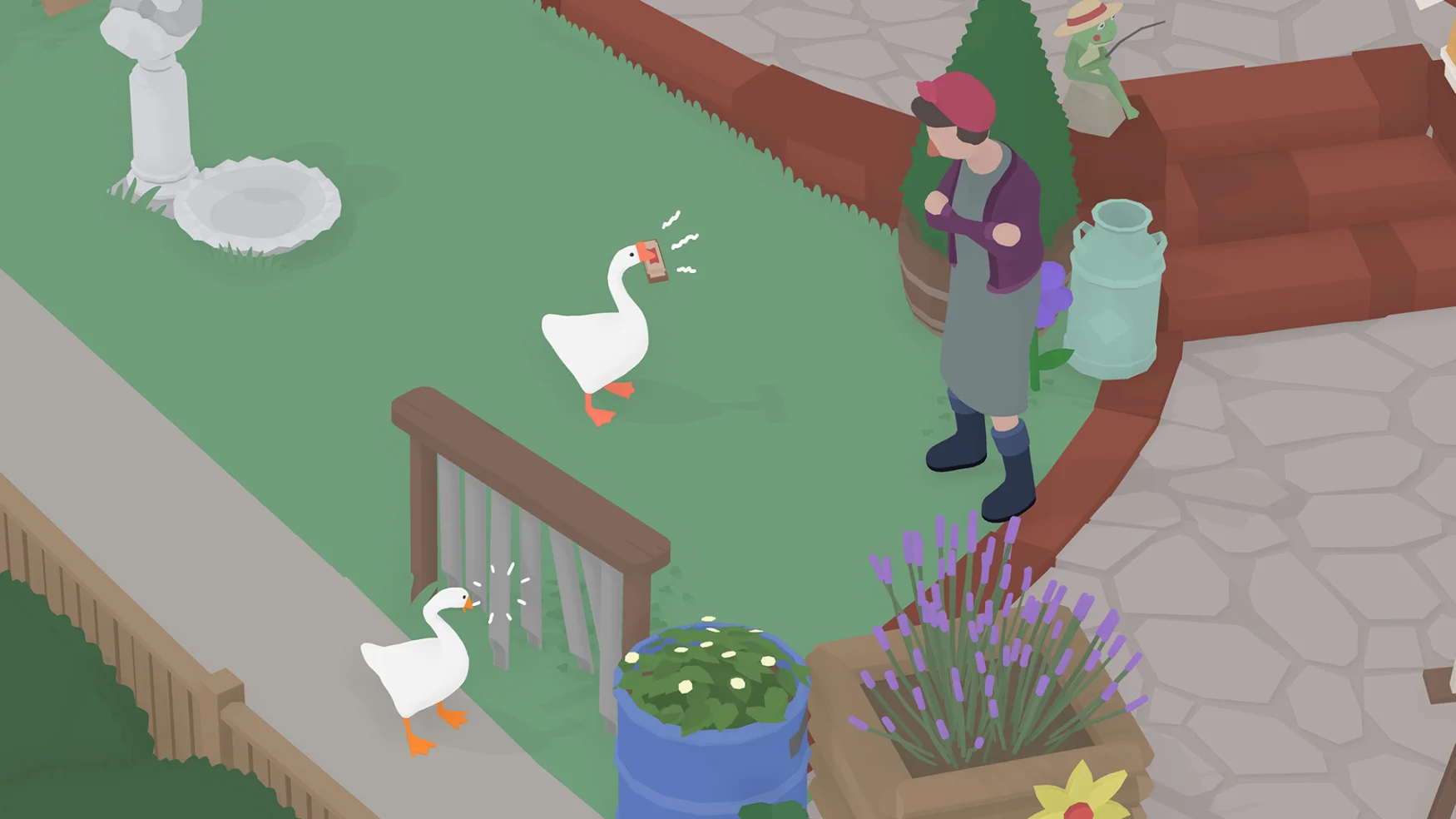
Untitled Goose Game is a simple puzzle/stealth game that gets a lot of mileage out of its property: You are a goose, and your only objective in life is to worsen the residents of a little English village. If the concept of dragging a groundskeeper’s rake into a lake, pulling a seat out from under an old guy right as he goes to sit down or typically beeping at everybody in sight sounds funny to you, it’ll probably provide you an excellent laugh.
The actual game part of the game does not have much difference to it– you’re largely trial-and-error-ing your way through a list of troll-y activities– but it’s all properly silly, and it ends rapidly enough to not run its joke into the ground.
Chicory: A Colorful Tale.

Chicory: A Colorful Tale is an open-hearted adventure video game embeded in a world of talking animals, where the wielder of a magic paintbrush is entrusted with literally filling the land with color. You play as a sprightly canine who becomes that wielder. What follows is a relaxing adventure in the vein of Zelda, however with a twist: You can use the brush to paint over the environment, at any point, anywhere you want, in numerous colors and patterns. This turns a rather familiar video game into something of a digital coloring book, one that remembers your markings in time as you go along. Chicory is exceedingly mild and never ever suggests you’re doing it incorrect, so if you wish to spend 45 minutes disregarding the story and painting trees purple, you can. There are tons of ease of access choices on top of that.
In co-op, player one still controls the pace of development, however player 2 gets another brush with all the same abilities. On top of offering a second set of hands to deal with the video game’s numerous puzzles and boss encounters, this lets you both develop a shared impression on the world, like 2 kids sharing crayons on a kids’s menu.
Spiritfarer.

Spiritfarer is a management sim not unlike Animal Crossing, however with some light platforming components. Like Chicory, it’s generally unwinded, genuine and low-stakes, however sometimes devastating in the way it puts a friendly face on adult styles. Here, you play as Stella, a young woman who becomes tasked with ferrying newly deceased souls into the afterlife. This mostly involves checking out the seas on a huge boat, doing quests and gathering and crafting resources to make passing on more comfy for the numerous characters you are familiar with. Gamer two participates in as Stella’s pet cat, Daffodil, who can’t activate missions however can otherwise help with platforming and management jobs.
Spiritfarer’s sim components can sometimes feel monotonous, and the method the video game addresses death head-on can be sad, however it stands apart for being as much about love and care as sadness. If you and your partner enjoy management sims and aren’t scared of shedding a tear or two, there’s beauty to be found here.
Overcooked! All You Can Eat.
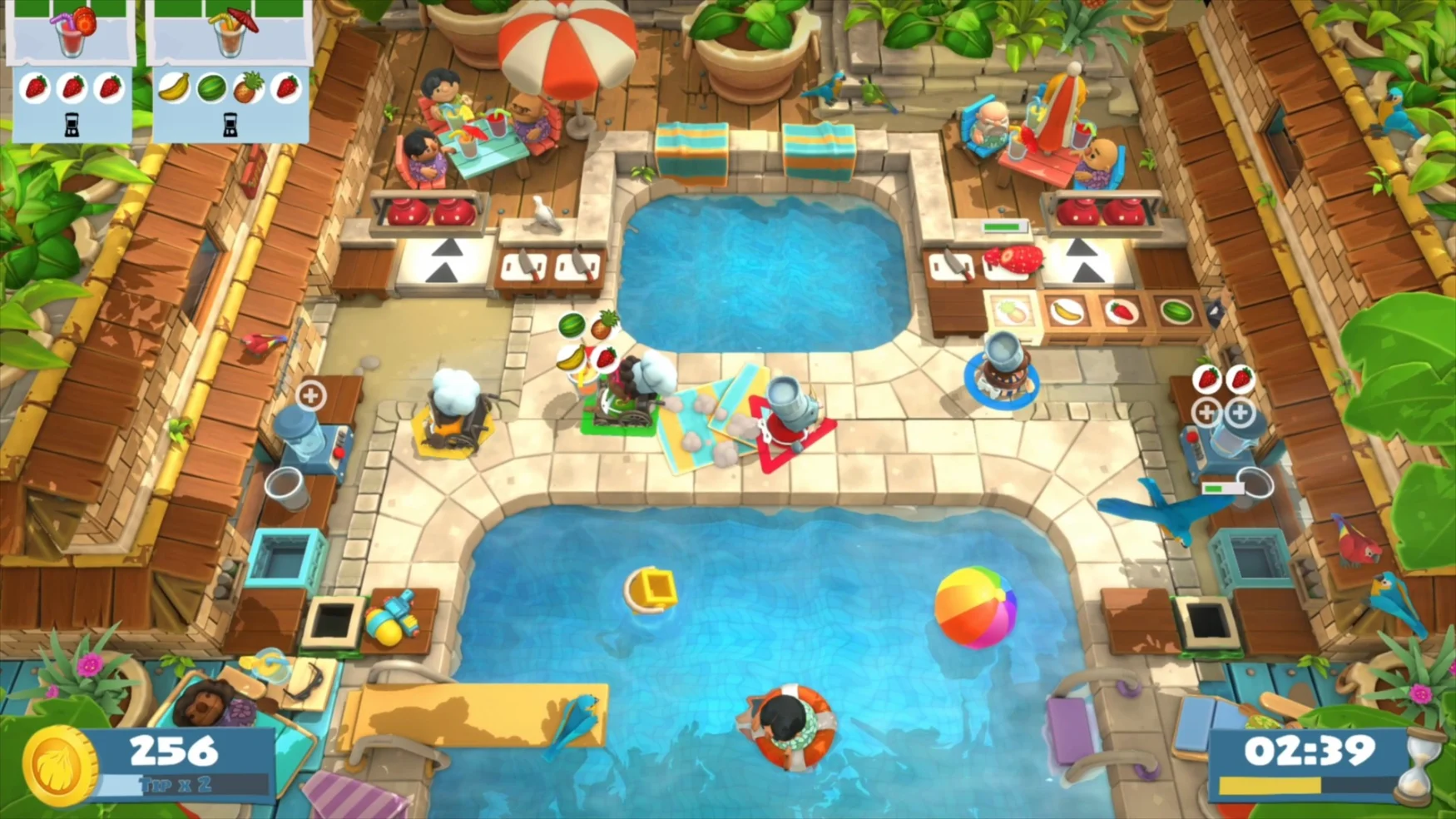
The Overcooked! games set you and as much as 3 good friends as chefs tasked with preparing numerous meals on a timer. In theory, this is as simple as getting the ideal ingredients, preparing them effectively, then sending out the completed plate off on time. However as the orders keep piling up and parts of the levels begin to conspire against you, your ability to scramble and interact under pressure ends up being significantly tested. There’s a non-zero possibility your partner will call you an “moron sandwich” by the time you’re done.
With its lovable looks, Overcooked! understands what it’s doing, but hammering out the stress and anxiety of its most disorderly levels brings an especially humorous sense of accomplishment. The All You Can Eat edition here consists of the initial Overcooked!, the (exceptional) sequel Overcooked 2!, and all their DLC. It also adds an “help mode” that lets you alleviate up the timers on each order, which, yes, type of beats the point of the video game, however also may be essential if you and your buddies begin shouting at each other over cartoon fish chopping.
Enthusiasts in a Dangerous Spacetime.

Enthusiasts in a Dangerous Spacetime is a dynamic space shooter in which you and approximately 3 partners should collectively browse a chunky battleship through levels loaded with baddies and other challenges. There are 8 panels for managing the ship’s engine, guards and different weapons, but each player can just man one station at a time, so you have no choice but to scramble and interact to keep your shared body alive for as long as possible. The net effect isn’t unlike Overcooked!, then, however if you do not mind a little stress, Lovers works in the method it makes you and your buddies work toward a typical objective.
Cuphead.

The run-and-gun shooter Cuphead is a stunner, with a beautiful soundtrack and luscious animation that combine to make the whole thing seem like a playable cartoon from the ’30s. (It’s no surprise there’s now a TV show based upon the game.) In some way, the story, about a pair of talking cups who make a deal with the Devil, fits the art style like a glove.
Actually playing Cuphead, on the other hand, is a workout in penalty. It is brutally challenging, with a number of intense boss fights that demand severe concentration. Playing it in co-op makes it even harder, as those employers gain more health, and having 2 characters jump around can make the action more chaotic. That said, the obstacle is not low-cost, and overcoming each battle brings the expected wave of catharsis. If you have a bit of a masochistic streak, it’s worth a go. A current DLC expansion just adds to the lovely chaos.
Spelunky + Spelunky 2.

Spelunky assisted popularize the pattern of modern 2D platformers with roguelike components– i.e., games where you mainly start from scratch upon death. Spelunky 2, launched about a decade later on in 2020, essentially polishes the initial video game’s formula.
Like Cuphead, neither of these games is for the faint of heart. Traversing their caves while preventing the lots of death traps within resembles descending into cartoon Hell. However again, it’s a (mostly) fair and legible difficulty, if you can stay client. The procedurally generated levels keep expedition from feeling completely rigid, and the frankness and pure speed with which death can hit you offers whatever a morbid sense of humor. Couch co-op can feel somewhat abnormal sometimes– everybody needs to stick near player one to remain on video camera– but having a partner or 3 to restore you is a relief, supplied you don’t mistakenly blow each other up first.
Ikaruga.

Ikaruga is more than twenty years old at this moment, however it stays a crown jewel among shoot ’em ups. It takes a basic concept– every opponent and projectile in the video game is either white or black, and you have to alter your ship’s color appropriately to make it through– and maximizes it across five carefully crafted phases. It’s another infamously challenging one, but there’s not an ounce of fat on it, and its main mechanic forces you and your partner into a near-perfect state of concentration. If you’re craving an arcade-style shooter, it’s still a rush. And if you get ill of dying, know that recent releases have actually included more availability settings, consisting of the alternative for boundless continues.
Wizard of Legend.

Wizard of Legend is a top-down, 2D dungeon crawler with a focus on speed. It’s another skill-based roguelike, however letting your arsenal of spells fly and determining how to best chain attacks with your partner is a joy. Just moving around is nicely kinetic, and the pixelated art style is kind on the eyes. It’s probably not enough to persuade the roguelike-averse to hop aboard, but Wizard of Legend is an excellent one of those all the same.
Assault Android Cactus.

You and up to 3 friends play as little androids charged with enduring crowds of robotic baddies on an area truck. Its tension obtains from the fact that each android runs on a continually diminishing battery; if cleared, it’s video game over. Plus, while this isn’t an easy video game, it’s far from unreasonable, with many of the challenge coming from going after high ratings.
Wilmot’s Warehouse.

Wilmot’s Warehouse is a smart plot about arranging an ever-growing warehouse. At the start of each level, you get a batch of colorful boxes, which you should gather and hide on a timer. Exactly how you organize them depends on you. When the timer ends, consumers will begin asking for particular items within the storage facility, and the obstacle becomes recovering the matching boxes as quickly as possible.
The game, then, is coming up with a system that will let your particular brain keep in mind where everything is and adjust to brand-new box types as they roll in. In the abstract, however, Wilmot’s Warehouse makes a relaxing video game out of our endless desire to develop order from turmoil.
Escape Academy.
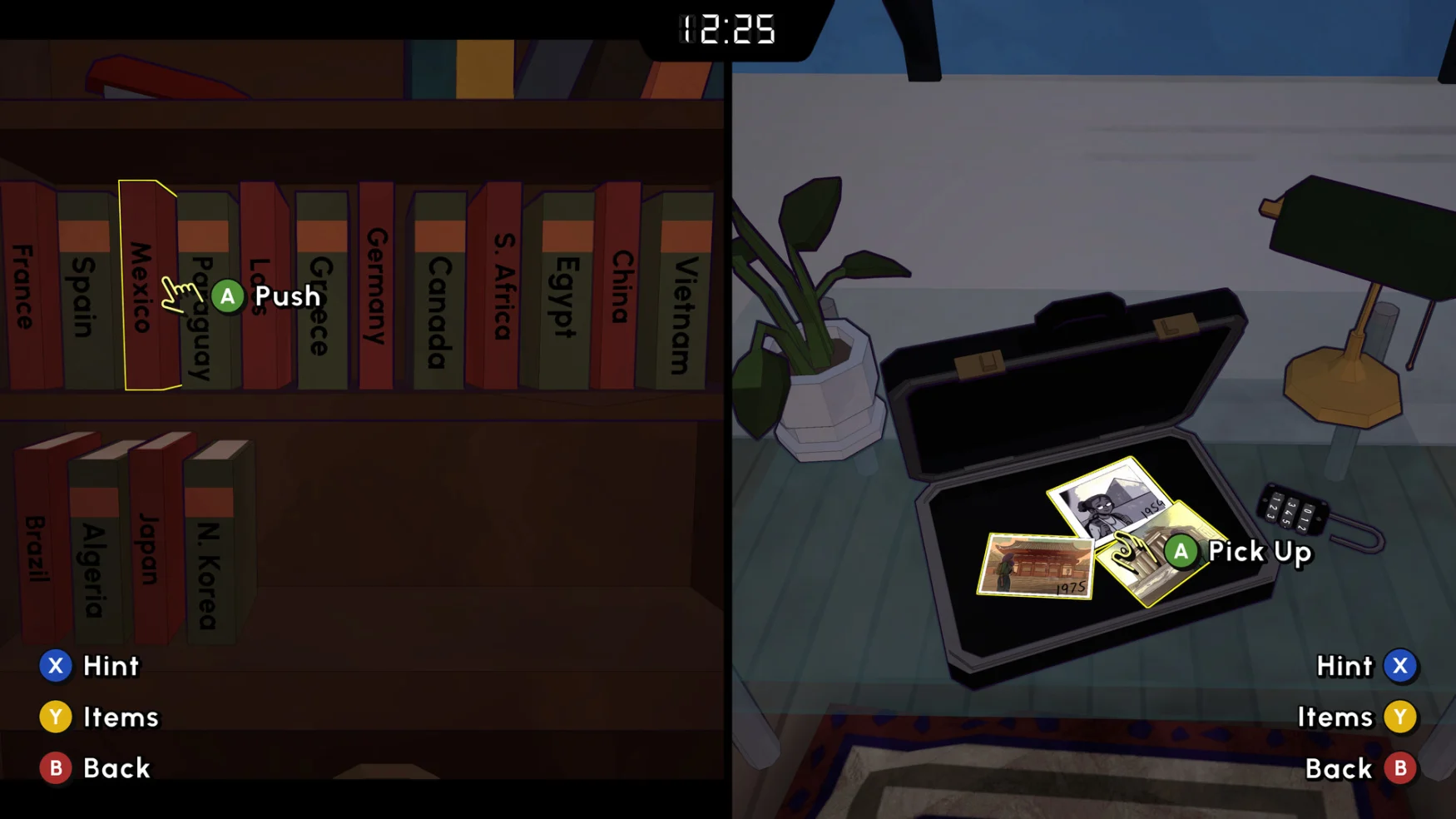
You work with a partner, combing for hints, understanding codes and resolving puzzles to get out of a locked room within a time limit. The puzzles themselves are varied, however maybe a touch too easy, and the overarching story is (mainly) just kind of there.








